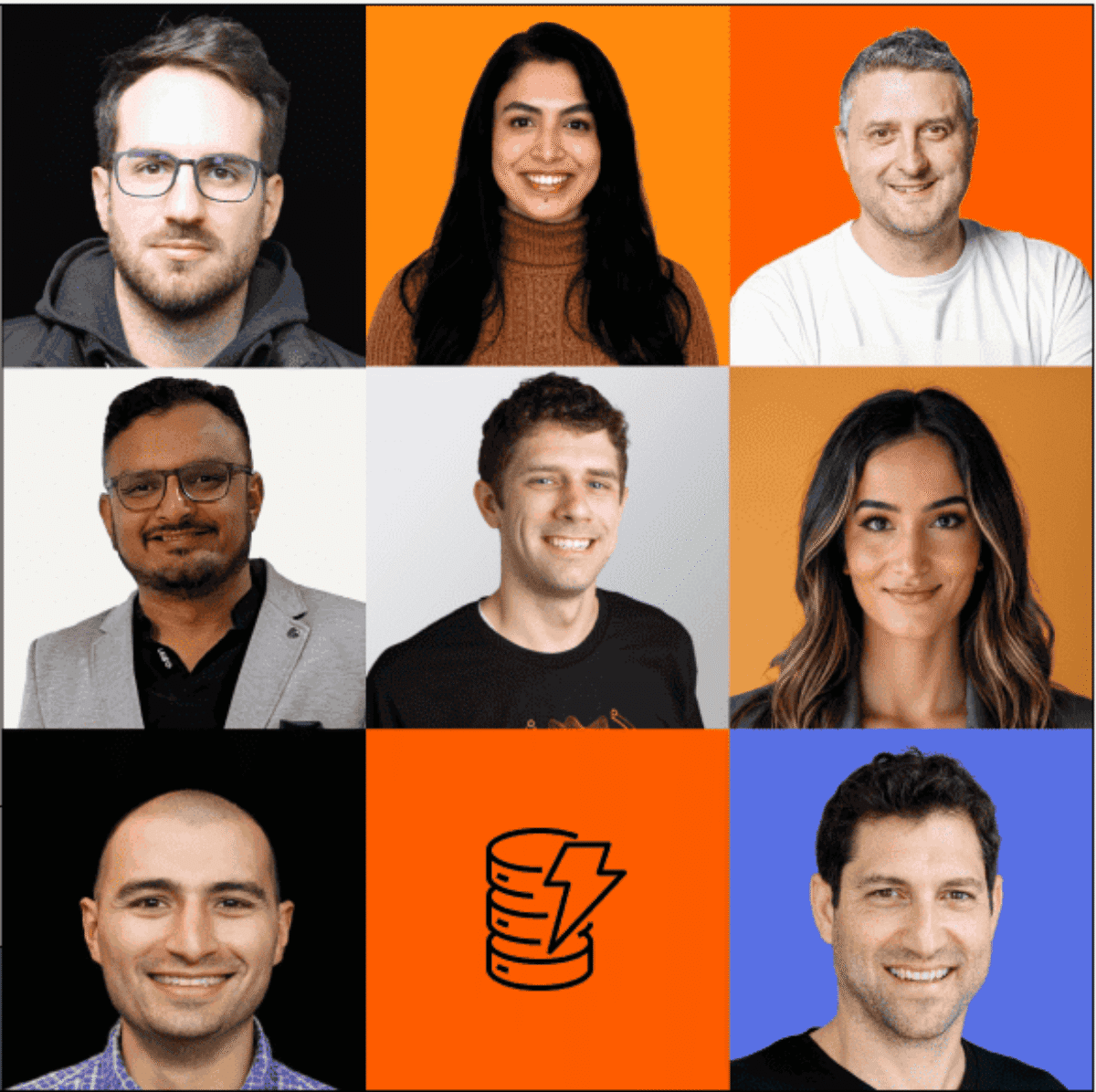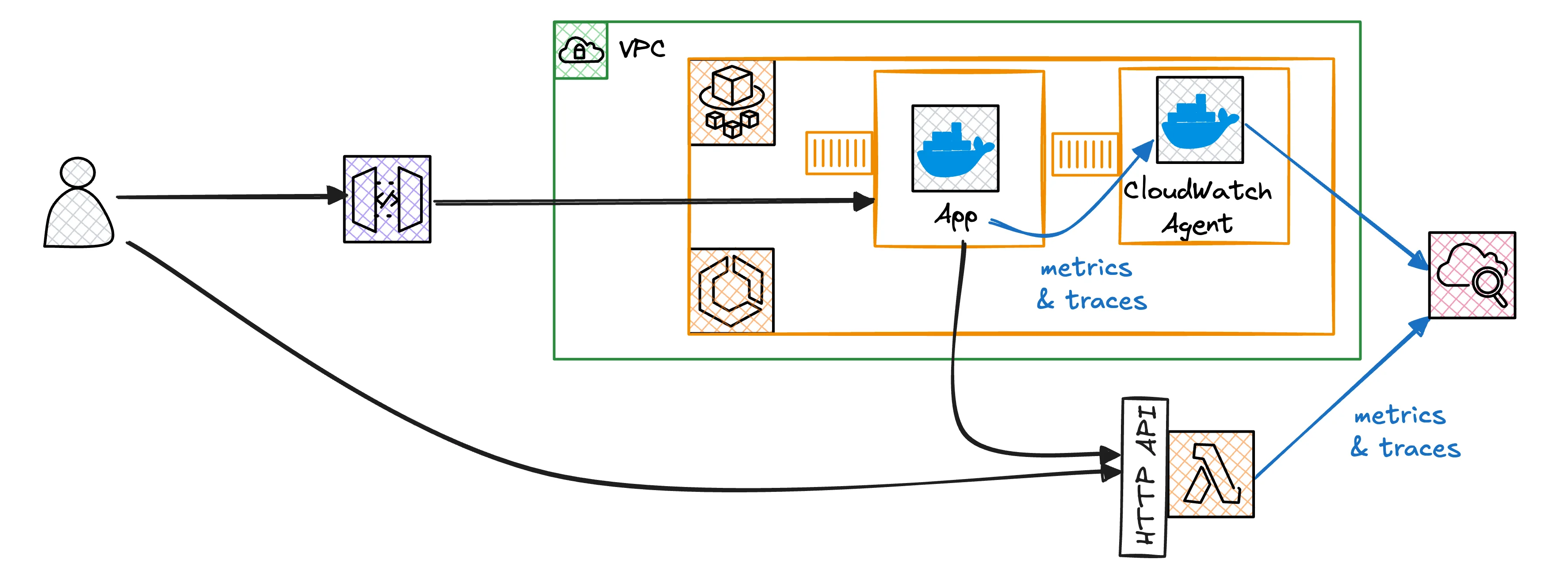CloudWatch ❤️ OpenTelemetry in Application Insights | DynamoDB Day 19th of November
|
AWS FOR THE REAL WORLD
⏱️
Reading time: 20 minutes
🎯
Main Learning: How to achieve end-to-end observability by integrating CloudWatch Application Signals with OpenTelemetry for automatic service discovery and cross-service request tracing in AWS.
Hey Reader 👋🏽
Personally, I suspect that many of the basic, bread-and-butter services will be getting more “hardened out.” Payload limits are already a great sign. And the second thing I see coming is, of course, a lot of AI features and services. Let’s see! But let’s first hear about this week’s sponsor! 👀 Event partner supporting DynamoDB & NoSQL education In this week's deep dive we talk about CloudWatch, OpenTelemetry, and their newish feature Application Signals. As always, we have a full GitHub Repo so that you can play around with the code as well!
SummaryThis was this weeks newsletter 💌 Do you have anything to share with us? What are your main AWS or Observability challenges right now? Are you heading to re:invent? 👀 Have a great week ahead! |
AWS for the Real World
We teach AWS for the real world - not for certifications. Join more than 10,500 developers learning how to build real-world applications on AWS.
AWS FOR THE REAL WORLD ⏱️ Reading time: 6 minutes 🎯 Main Learning: Learn how to securely connect GitHub Actions to your AWS account using OIDC authentication without storing access keys. Step-by-step guide with IAM role setup, trust policy configuration, and workflow examples for safe CI/CD deployments. 📝 Blog Post Hey Reader 👋🏽, welcome to another week of AWS for the Real World We are right in the middle of pre:invent. Re:Invent starts next week! We are both not present, but we will give you...
AWS FOR THE REAL WORLD ⏱️ Reading time: 4 minutes 🎯 Main Learning: AWS CloudWatch log centralization makes cross-account logging simple. Learn how to set it up, avoid gotchas, and query logs across your organization. 📝 Blog Post Hey Reader 👋🏽 another week, another newsletter about CloudWatch. This time we're talking about a rather new feature: Log Centralization. But quick question before we dive into this week’s CloudWatch deep dive… We’re 6 weeks out from 2025 (wild, right?) and I’m...
AWS FOR THE REAL WORLD ⏱️ Reading time: 17 minutes 🎯 Main Learning: How to build a secure, scalable AWS landing zone using AWS Organizations, Service Control Policies, and Identity Center for centralized account and user management. 📝 Blog Post Hey Reader 👋🏽Today I want to dig into how to set up a proper AWS landing zone. We’ll be chatting about AWS Organizations, Service Control Policies (SCPs), and Identity Center. These are the core tools I reach for when I need to get accounts organized,...


